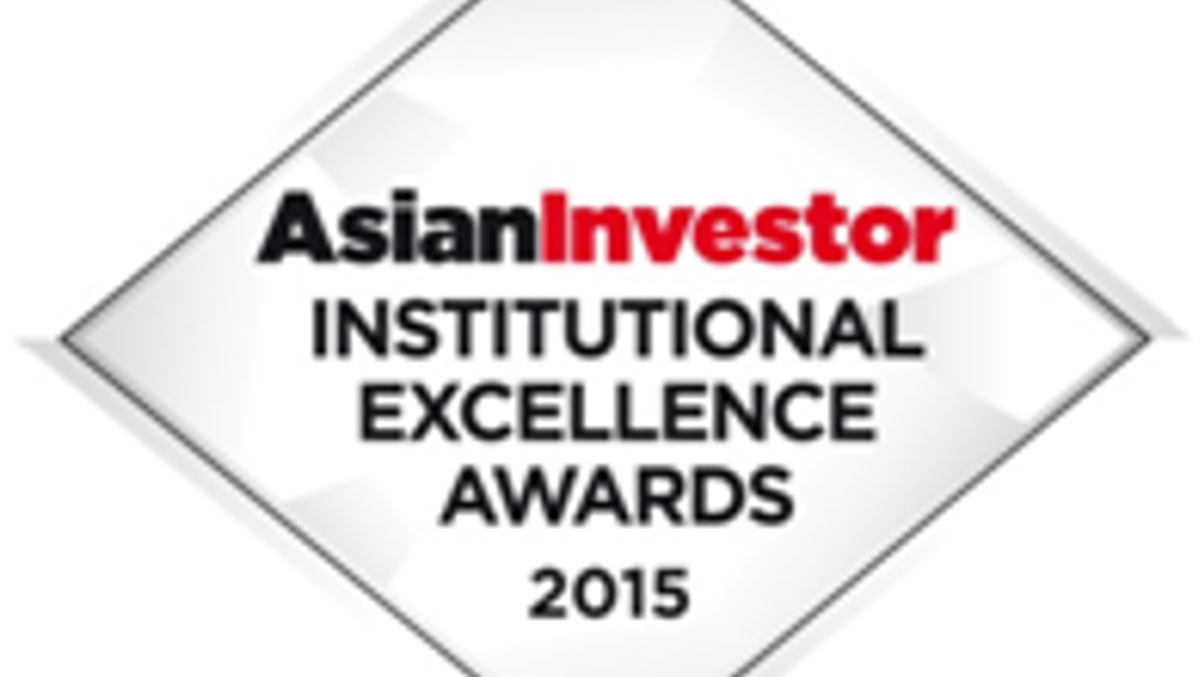award
Reshaped allocation underscores GPF's advance
Winning an Institutional Excellence Award for Southeast Asia, the Government Pension Fund of Thailand has tightened risk management, better enabling it to address absolute return.

AsianInvestor’s second annual Institutional Excellence Awards were introduced to highlight best practice, with awards handed out in 16 institutions collectively managing $3.5 trillion.
Sign in to read on!
Registered users get 2 free articles in 30 days.
Subscribers have full unlimited access to AsianInvestor
Not signed up? New users get 2 free articles per month, plus a 7-day unlimited free trial.
¬ Haymarket Media Limited. All rights reserved.


